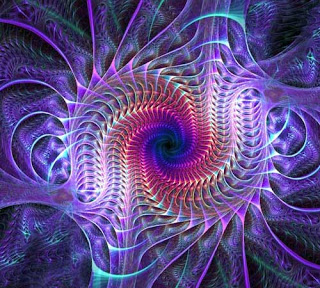Hallucinate is to perceive in the absence of any external stimulus. Hallucinations, usually visual or auditory, leading the patient to see or hear something that exists only for him.
Visual hallucinations are often manifestations of a psychiatric disorder (schizophrenia, Alzheimer’s) or neurological disease (temporo-occipital lesion, midbrain, thalamus).
They can be induced by certain drugs (cyclosporine, vincristine, lithium).
The most common are observed during migraine aura in the occipital epilepsy and in the Charles Bonnet syndrome.
Charles Bonnet, Swiss naturalist, described in 1796, a special array of visual hallucinations occurring in the elderly and visually impaired. His initial observation concerning its own grandfather, carrying a bilateral cataract. It had many hallucinations, often elaborate, he considered humorously “magic and fun.” He placed them outside of reality, criticized effortlessly. He showed no intellectual deterioration.
Visual hallucinations Charles Bonnet syndrome can be simple (phosphenes, stars, brief flashes, bouquets of colorful spots, veil printing, roasting before the eyes) or complex (moving animals, distorted faces, monstrous, terrifying objects, scenes evoking famous people, alive or dead).
These visions, in black and white or colored, occur during the course of the installation of the visual deficit.They are usually seen after 70 years with the visually impaired patients: senile cataract, bilateral senile macular degeneration, diabetic retinopathy.
Some patients do not speak to the doctor or to the immediate vicinity of their troubles, for fear of being considered insane. Others, frankly fun, such as this 80 year old patient achieving bilateral senile macular degeneration, who marveled at the wealth of inventive visual hallucinations when gazing at some length, the flowers paper walls his room.
The advanced age of patients associated with visual impairment easily towards a Charles Bonnet syndrome. But imaging is needed to avoid missing a neurological disorder.
The other two visual hallucinations that must think about are: the aura and migraine visual epileptic crisis, but their mode of occurrence, their repetitive nature allow clinically not to be confused with Charles Bonnet syndrome.
In most cases, patients are not bothered by their visual hallucinations often few in a day, however, some of them worried and depressed by their terrifying visions, demanding treatment; they are sometimes enhanced by haloperidol.


Leave a Reply